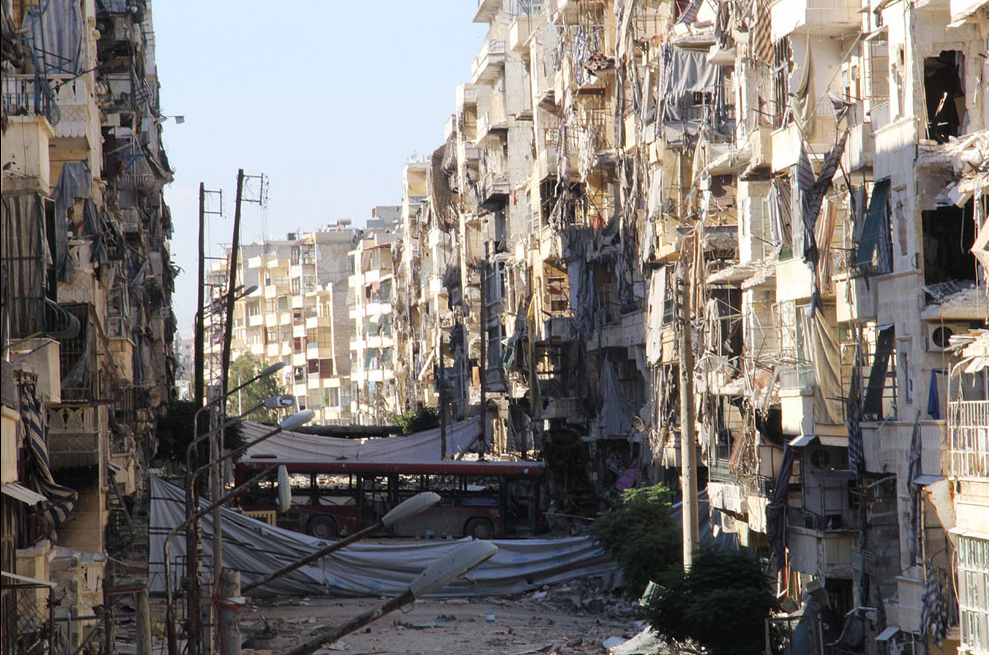Much happened while NCN was on hiatus for the past three weeks, but no story seemed to dominate the news more than the debate over what President Obama meant when he drew a “red line in the sand” concerning the use of chemical weapons in Syria, whether Congress would endorse a limited military strike against Syria in the wake of its alleged usage of chemical warfare against its own people in Damascus, and what role if any would Russia play in taking control of chemical weapons in Syria. There can be no question that chemical weapons are a dastardly technology of mass destruction; that chemical warfare violates not only international law, but every standard of humane behavior; and that the very existence of chemical arsenals dedicated to warfare, let alone their usage, demands vigilant attention and appropriate response from all nations. This much is true, I believe, but for all of that the recent and almost exclusive emphasis on illegal, non-conventional chemical warfare in Syria has diverted our attention from a different and equally profound problem.
The photograph above was taken on September 8, 2013, right in the midst of debates about what if any response the U.S. should have the use of chemical weapons in Syria. It is of the Salah al-Din neighborhood in Aleppo. The caption describes the buildings as “heavily damaged,” but that seems to be almost euphemistic, as they are virtually destroyed, the road between the buildings all but impassable, the sheets and bus in the center of the image described as providing “limited cover from sniper fire for those wishing to cross the street.” And the key point, of course, is that none of this was caused by chemical weapons. These buildings—this city, really, since this is only one of numerous such photographs—have been torn apart by one or another version of explosive ordnance or what we might call the weapons of conventional warfare. And not just these buildings or the physical infrastructure of this city, for as the caption underscores and the photograph illustrates, the very social fabric of the city as a site of commerce and social or civic interaction—simply walking across the street—has been equally torn asunder.
We should not—we must not—ignore the usage of chemical weapons. But we also need to be careful that our sanctimony here does not inadvertently lead us to forget that the state of exception that somehow legitimizes conventional warfare is ultimately no less damaging, destructive, or demoralizing. And whether that occurs as a result of civil strife, as in Syria, or as a result of occupation or invasion as elsewhere in the world, the effect is no less devastating; indeed, perhaps in the end it is truly no less humane.
Photo Credit: Abo/Mhio/AFP/Getty Images

Discussion